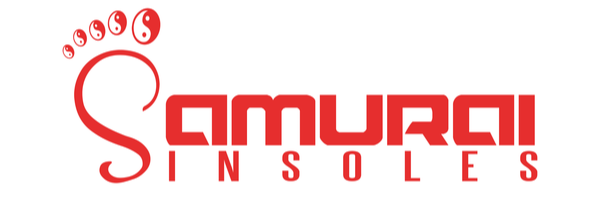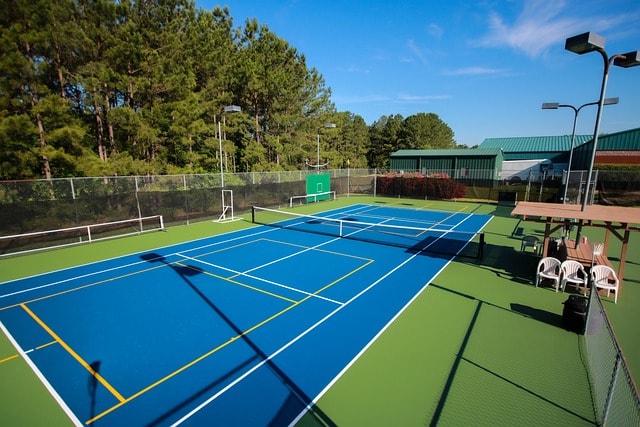For something that affects so many people, plantar fasciitis isn't talked about often enough. Generally part of the welcoming wagon of "getting old," plantar fasciitis can be serious enough to make the simple act of walking tough for anyone - regardless of age and fitness.
It's not something that you can easily "grin and bear it" through, either. NFL Quarterbacks Peyton and Eli Manning, 10 time MLB All-Star Albert Pujols, and NBA stars Pau Gasol and Joakim Noah have all been sidelined by the injury.
For most, the answer is plantar fasciitis insoles, usually custom-made by a podiatrist. These cost hundreds of dollars, and can often end up being something that you grow dependent on.
Have you ever seen custom orthotics? Good luck fitting those into any footwear that has a semblance of style. Fortunately, a more convenient and affordable solution is available.
Over-The-Counter Plantar Fasciitis Insoles
Nearly all cases of plantar fasciitis can be addressed with a pair of over-the-counter plantar fasciitis insoles. Not only do they average a tenth of the cost, but they are available in many different shapes and sizes, so you don't have to get rid of what's in your closet.
Most podiatrists will advise staying away from cheap drug-store insoles, and they aren't wrong. These insoles are usually gel-based. As we'll explain soon, a soft squishy insole is one of the last things that you want when dealing with plantar tendon issues.
It sounds a little too good to be true, but once you understand more about what plantar fasciitis is, and what a good insole needs to help, you'll start to see why the solution doesn't have to break the bank.
Plantar Fasciitis: Explained
The foot contains 26 bones, 33 joints, and over 100 muscles, ligaments, and tendons. For something that's the literal foundation you stand on, feet are pretty complicated. Plantar fasciitis doesn't have to be.
Bring your hands together and interlace your fingers. Imagine you are cradling a ball. That ball represents the calcaneus (heel bone), the largest bone in the foot.
Your Achilles tendon and plantar tendon overlap the heel much as your fingers from each hand would be overlapping around the ball.
In medical terms, anything ending in "itis" means inflammation. Plantar fasciitis is just inflammation of the plantar tendon, usually in the form of micro-tears around the insertion point of the tendon into the bottom of the calcaneus. Successful plantar fasciitis insoles support both tendons in a variety of ways to reduce irritation of the area.
Reduce Movement
The reason insoles with loads of cushion don't help with plantar fasciitis is because they offer no support. Yes, pampering an injured area is a natural inclination, but a soft insole will only increase strain on the foot.
Have you ever gone on vacation at the beach, and have gotten sore feet from walking in the sand so much? The muscles in the foot and lower leg have to work harder on unstable surfaces, and so the softer the insole is, the higher the amount of stress on the foot.
Plantar fasciitis insoles need to work with the foot, not against it. The insole doesn't need to be a rock, but it can't have too much play either.
Something firm with a little bit of flex works the best. This doesn't just apply to the cushion of the insole, but the arch support as well.
Arch Support Done Right
Custom orthotics are molded to the foot. This means the orthotic should rest right under the arch, providing maximum support.
This design can provide a fast recovery time, but trying to walk without the orthotic is another story. It's asking your foot to go from 0-60 or attempting a hard workout with zero warmup. The muscles in your foot have weakened, and unless you always wear the orthotic, the plantar fasciitis will just come back.
A good middle ground is a firm but flexible arch support. Plantar fasciitis insoles with arches like these help take some of the load off the foot, but not all of it. This helps keep the foot working just enough so transitioning out of the insole is possible.
Cup and Lift the Heel
The foot has it's own natural cushioning in the form of a "fat pad" between the heel bone and the skin. Inserts that are concave in the heel area (rather than flat) effectively cup the heel, and center the fat pad directly under the bone.
Excessive movement is another aggravator of plantar fasciitis. If your footwear allows any play in the heel area, your foot will slide some. This is hard to escape. Our skin isn't taut (and it's not directly attached to our bones), it's supposed to be able to slide around.
Plantar fasciitis pain is very localized, and it's right at the site of impact between the foot and the ground. A good heel cup can prevent the few millimeters of movement that occurs whenever your heel meets the ground, reducing pain in the area.
An insert that isn't just flat in the heel also provides lift. Those first steps out of bed in the morning are the most painful because the Achilles tendon is being stretched out.
Remember the laced fingers analogy? If the heel is lifted, the Achilles tendon isn't stretched as much, which means it won't pull on the plantar tendon either. The relationship between the muscles and tendons in the lower leg and the ones in the arch and heel are often forgotten when approaching injuries like plantar fasciitis.
Putting Together Perfect Plantar Fasciitis Insoles
A perfect pair of plantar fasciitis insoles will not be too soft, cup and lift the heel, and provide firm yet flexible arch support. These are all features that aren't hard to execute with designs that can fit in most footwear.
Whether you need them to fit in dress shoes or are just looking for a pair that can fit in your gym shoes because you aren't ready to give that up quite yet, there is an insole that can match your needs. Make sure to check out our blog for more health and footwear tips.




